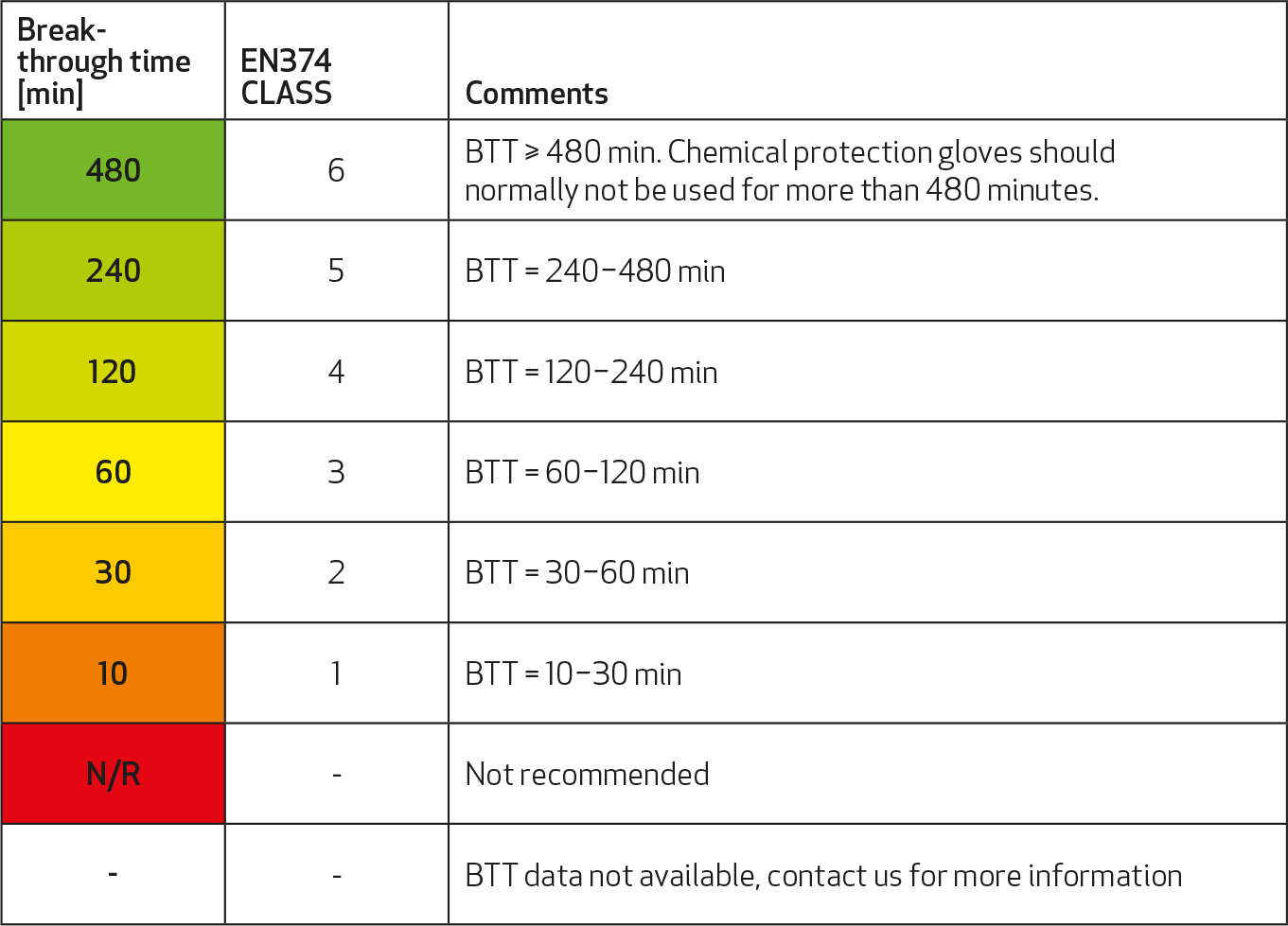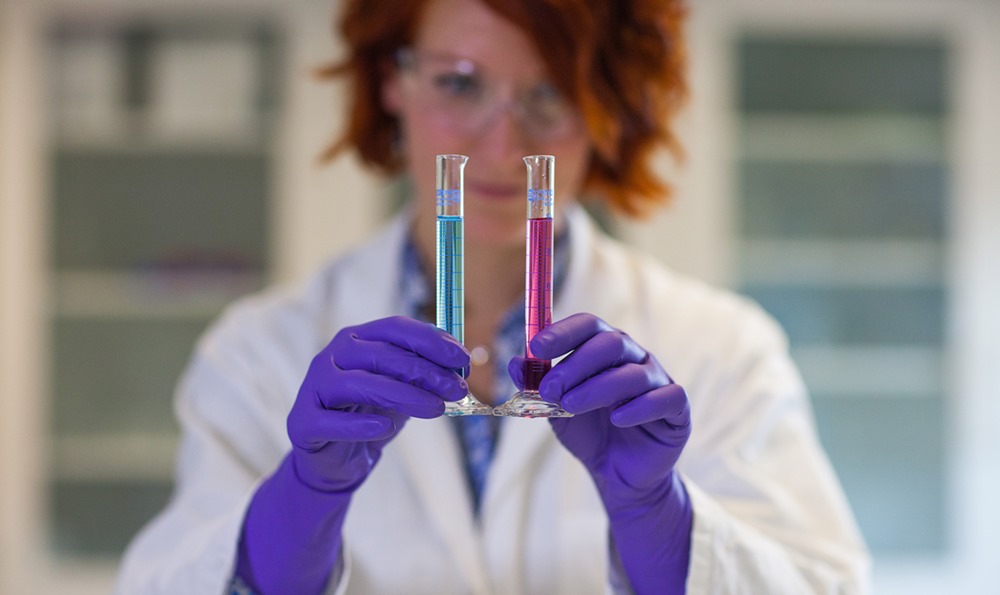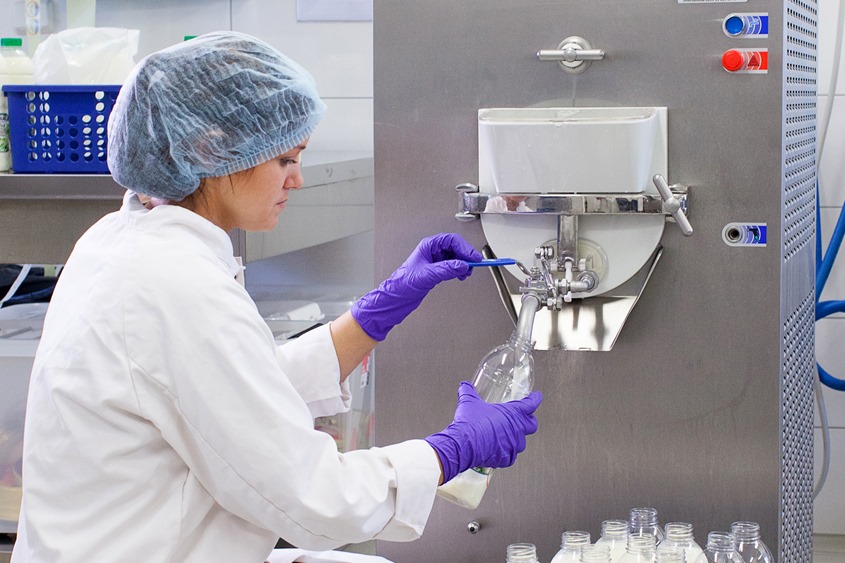TEGERA's Guide for Chemical Resistant Gloves
Use our chemical protection guide or contact one of our sellers and get help in finding a suitable glove for protection against the relevant chemical mix.
If you handle oils and chemicals without protecting your hands, you’re exposing yourself to risks not only to skin damage but also to damage to your nervous system and vital organs. You also risk developing skin irritation, oversensitivity and corrosion damage because of the chemicals. Always use our chemical protection guide or consult with our sellers when choosing gloves.
All Ejendals’ chemical gloves are tested and approved according to EN 374, chemical and microorganism risks. Chemical protection gloves are intended for single-day use, and sometimes for even shorter periods.
ADVICE US ABOUT WHAT GLOVE SUITS YOUR NEEDS
Always use our chemical protection guide, consult with our sellers, or send a request to cs.support@ejendals.com when choosing gloves.
FURTHER GUIDANCE
For complex cases, for us to be able to recommend gloves for chemical protection, we need to know:
- What chemicals are handled? Please attach their Safety Data Sheets (SDS).
- How are these chemicals handled? Please describe the work operations, duration and level of expected exposure.
- Download and fill in the Excel sheet: Ejendals form for chemical protection.
Send the filled in Excel sheet + SDS to cs.support@ejendals.com
DOWNLOAD Excel sheet
TEGERA CHEMICAL PROTECTION GLOVES
Explore our range of Chemical Protection Gloves.
Chemical protection gloves

